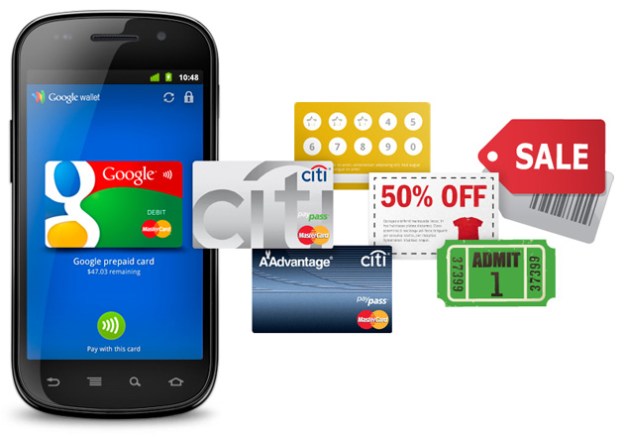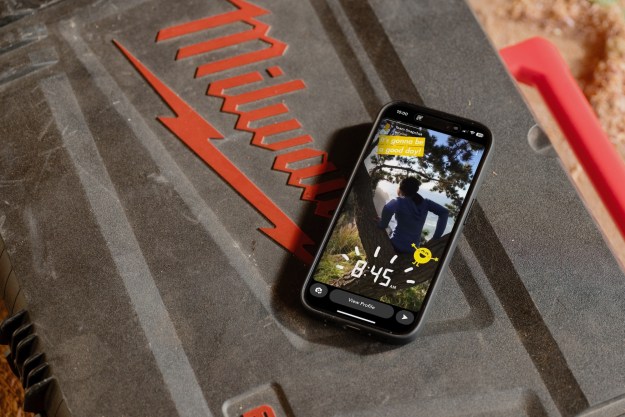
Near field communication technology, more commonly known as NFC, has been available in locations throughout the globe for years. But just recently has the NFC mobile payment system, which allows users to pay for goods or services using a signal from their cell phone instead of a credit card or cash, started to become more widely available here in the United States. And it looks like we’re going to have to wait quite a while longer before NFC really catches on.
According to market analyst firm Gartner Group, the US market is not yet ready for NFC.
“In developed markets, companies are trumpeting the prospects of NFC without realizing the complexity of the service model,” said Sandy Shen, research director at Gartner, in a statement.
“We believe mass market adoption of NFC payments is at least four years away. The biggest hurdle is the need to change user behavior by convincing consumers to pay with mobile phones instead of cash and cards.”
While companies like Google, PayPal and Visa are preparing get in at the ground level of the NFC market in the US, the technology has already caught on in much of the world. According to the Gartner report, worldwide mobile payment users will pass 141.1 million this year, a 38.2 percent increase from 2010.
Only a limited number of phones in the US come equipped with NFC technology. including the Android-based Nexus S. Research In Motion will also release two new Blackberry handsets, the Bold 9900 and 9930, sometime this summer, both of which will include NFC.
Apple’s next-generation iPhone, which is expected to launch in late August or September, has long been rumored to include NFC. This is looking increasingly unlikely, however, with a new report out this morning from IT Portal that suggests Apple will eschew NFC altogether, and opt instead for Bluetooth 4.0, which, the company announced yesterday, is included with in the new Macbook Air and Mac Mini models.
If Apple goes with Bluetooth 4.0 — a technology that could mimic the functionality of NFC — then we will be back to the old Google vs. Apple showdown, with Google and a plethora of Android handsets in the NFC corner, and Apple with it’s highly popular iPhone in the Bluetooth 4.0 corner. Which one will win? Who knows. Fortunately, we probably have a few years to find out.
